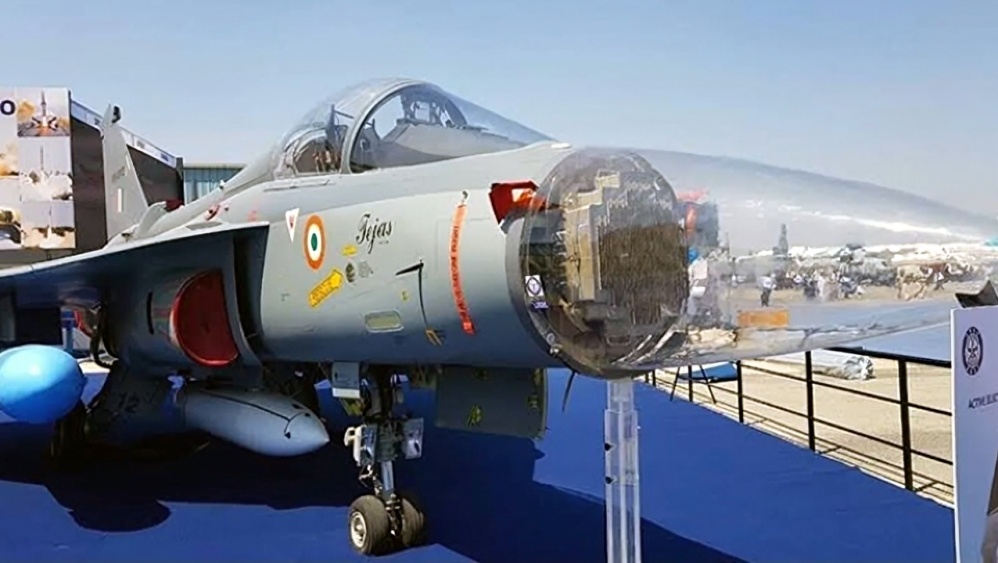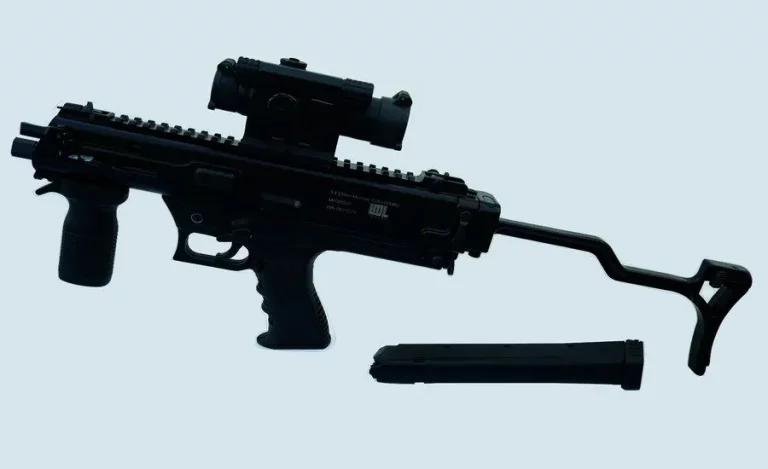In a recent interview with Tarmak Media House, Dr. Samir V. Kamat, Chairman of the Defence Research & Development Organisation (DRDO), addressed speculation regarding the radar systems for the Tejas Mk1A fighter jet. Contrary to rumors suggesting that all 73 units would be fitted exclusively with Israeli ELM-2052 AESA radars, he clarified that discussions are ongoing, and the plan is to incorporate the indigenously-developed Uttam AESA radar starting from the 41st aircraft.
This clarification comes at a time when interest in the radar capabilities of India’s indigenous Light Combat Aircraft (LCA) is intensifying. The Uttam AESA radar, produced by DRDO’s Electronics and Radar Development Establishment (LRDE), represents a significant achievement in advancing India’s self-reliance in defense technology. While Dr. Kamat acknowledged that initial batches of the Tejas Mk1A might utilize foreign radar systems to adhere to delivery timelines, he emphasized that the transition to the Uttam radar is a priority in the later stages of the aircraft’s production.
The initiative is in line with India’s broader strategy of indigenization, spearheaded by the “Aatmanirbhar Bharat” initiative, which aims to reduce reliance on foreign defense technology. The integration of the Uttam AESA radar is anticipated to bolter the combat capabilities of the Tejas Mk1A, offering advanced functionalities in tracking, targeting, and electronic warfare that can compete with international standards.
The final specifications and configuration of the Tejas Mk1A fleet will be determined through continuous technical discussions involving Hindustan Aeronautics Limited (HAL), DRDO, and the Indian Air Force. Dr. Kamat’s remarks underpin a firm commitment to prioritize indigenous technology, signaling a pivotal shift in India’s defense manufacturing landscape aimed at fostering self-sufficiency.



















